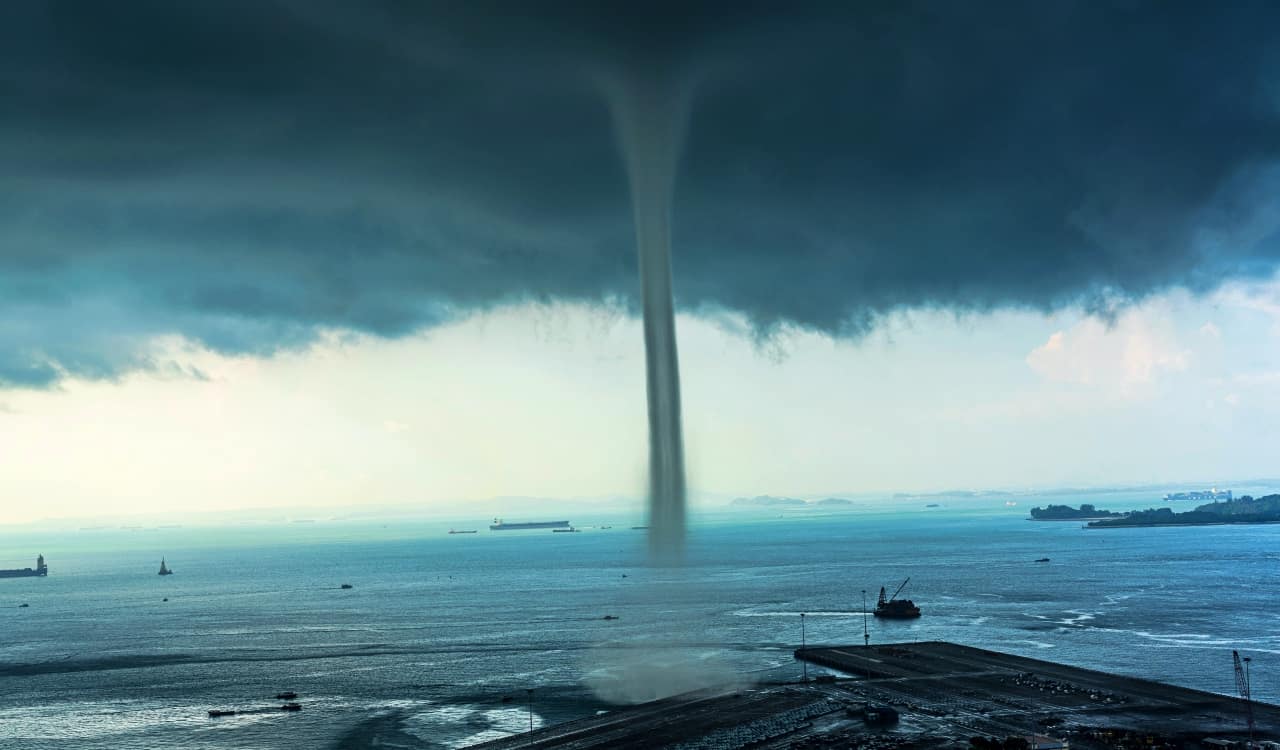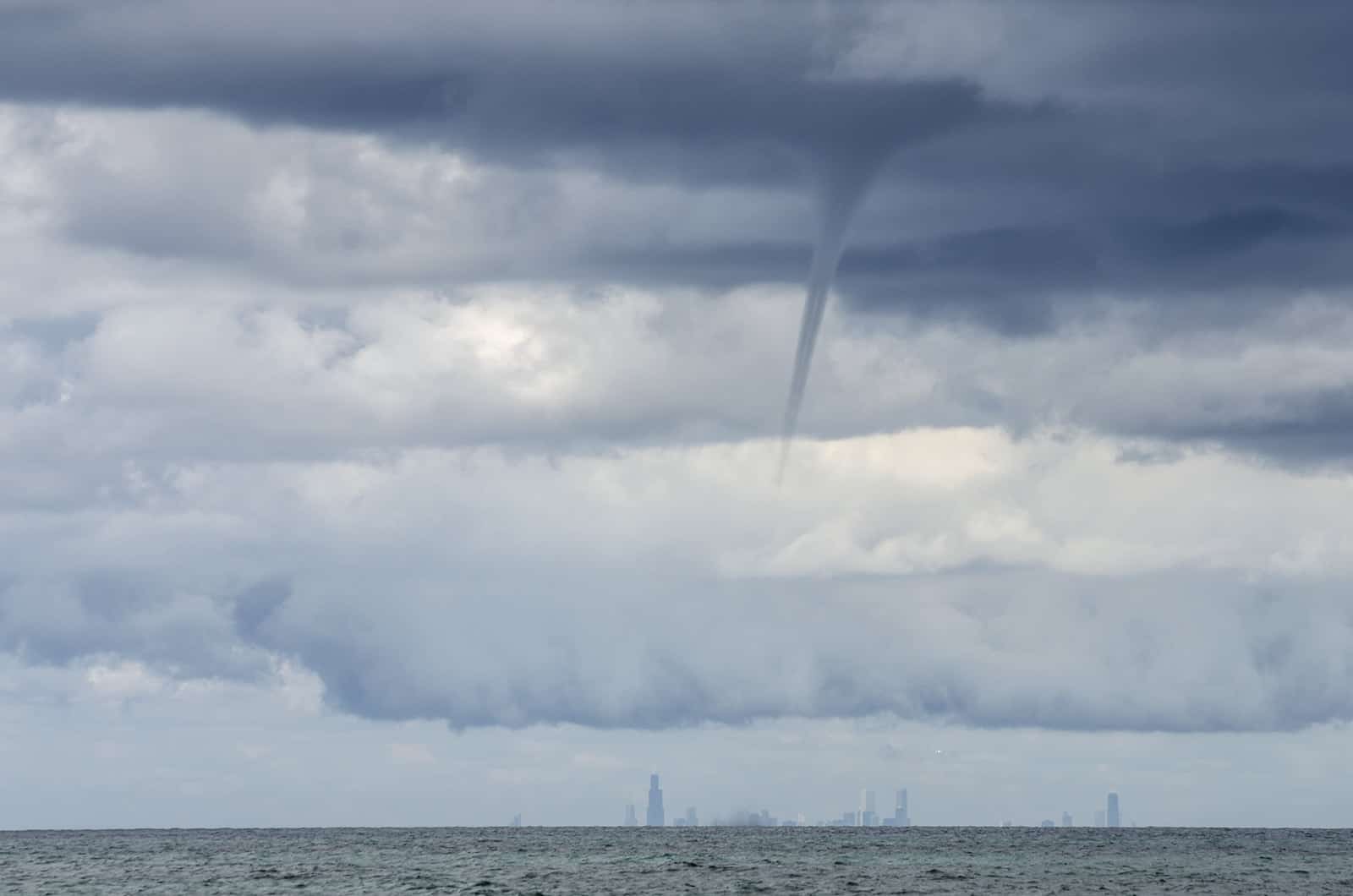No matter where you live on Planet Earth, it is clear you likely have seen some really strange weather over the years. It might be something that you see rarely or quite often, yet this weather is certainly weird compared to other places. Some may not even believe that you’ve seen some of the world’s strangest weather phenomena.
It is tough to believe for sure, hence why it is “strange,” obviously. Yet what one person sees as strange could quite obviously be seen as normal to others. This clearly all depends on who you’re talking with, we’re sure. With that said, we do not want to make it a major habit to call a lot of things strange. Only the stuff that makes sense for the term. In our article, we wanted to call attention to the weather phenomena itself. Then compared to the rest of the world, we can judge the frequency of it. If it happens rarely or simply looks odd no matter where you are, then we will essentially label it as “strange.”
Waterspouts

Threat Level: Low to Medium
This reminds us a bit of a song from when we were kids, but waterspouts are certainly not as friendly as a kid’s song. Rather, they are capable of intense damage. They are essentially columnar vortexes that tend to appear as funnel-shaped clouds over a body of water. It’s almost like a water tornado, but they are not exactly as powerful as the land version normally.

They usually are connected to one of three types of cloud: Cumulus congestus, Cumuliform, or Cumulonimbus. Due to not being a supercell tornado on the water, they will usually show up and weaken relatively fast. That is unless they are given a shot of adrenaline by something known as a Mesocyclone. They’re usually what it takes to see a waterspout suck up water.

Without the Mesocyclone in play, they tend to just be smaller rotating columns of air. They tend to mostly occur in tropical environments and even subtropic. Yet they can and have happened in random areas near Antarctica, Europe, Australia, and New Zealand. Yet you’ll also be surprised to learn that we’ve seen them in the American Great Lakes too. Yes, while they tend to happen most in oceans…they can occur in freshwater lakes and rivers too.
